
If anybody ever thought the Sun was humanity’s worst enemy, they would do well to change their minds. In the distant future, our race might be wiped out not by an asteroid or extraterrestrial attack, but by the inexorable, slow collision of geology, astrophysics, and atmospheric chemistry. Scientists tell us now that in about 250 million years, Earth might become a planet so uninhabitable that mammals, and by extension humans, would have little chance of survival.
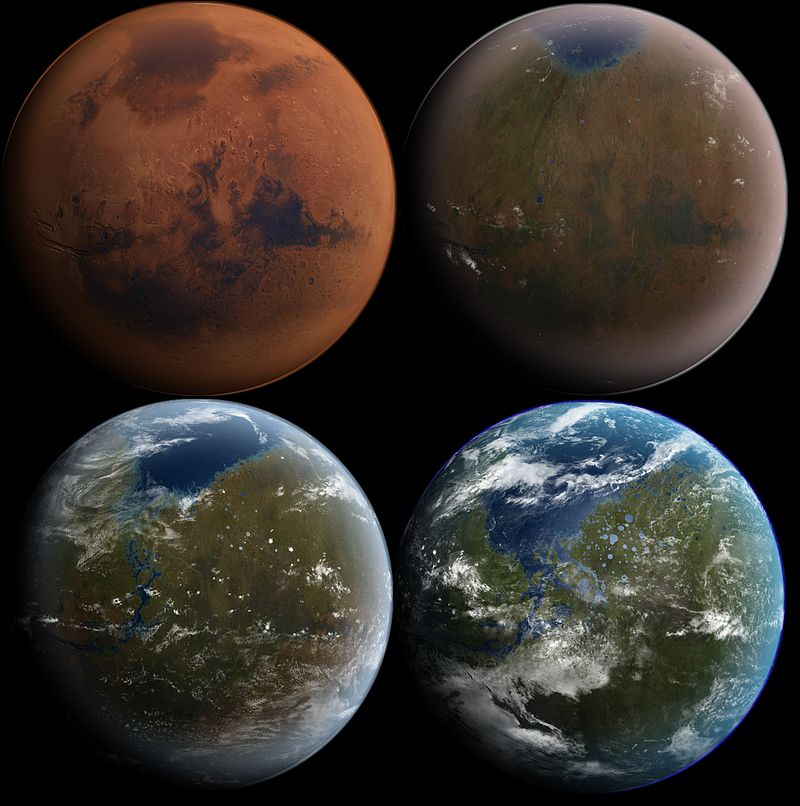
This is not a catastrophic doomsday all of a sudden. It is a planetary transformation, fueled by the colliding continents coming together as a superheated continent, the Sun’s slow increase in brightness, and an injection of greenhouse gases from volcanic turmoil. Scientists refer to it as a “triple whammy”, a confluence of natural processes that would propel Earth well beyond the thermal thresholds of mammalian survival.
The results, based on supercomputer climate simulations and geologic models, provide a glimpse into Earth’s most distant horizon. They also contain a sobering admonition: although the extinction event is hundreds of millions of years in the future, its mechanisms echo the climate pressures already playing out today.

1. The Birth of Pangea Ultima
In roughly 250 million years, tectonic drift will merge all continents into a single landmass that scientists have called Pangea Ultima. As opposed to the separated continents of today, it will stretch across the tropics, surrounding huge interior areas far removed from oceanic cooling. The consequence is the so-called continentality effect, huge seasonal fluctuations and hot summer temperatures.
As Dr. Alexander Farnsworth of Bristol University explains, “The newly-formed supercontinent would essentially result in a triple whammy, made up of the continentality effect, hotter Sun and increased atmospheric CO₂, of rising heat for much of the world.” Pangea Ultima’s interior deserts would be vast, blocking moisture transport and plant growth, a double blow to biodiversity and the food supply.
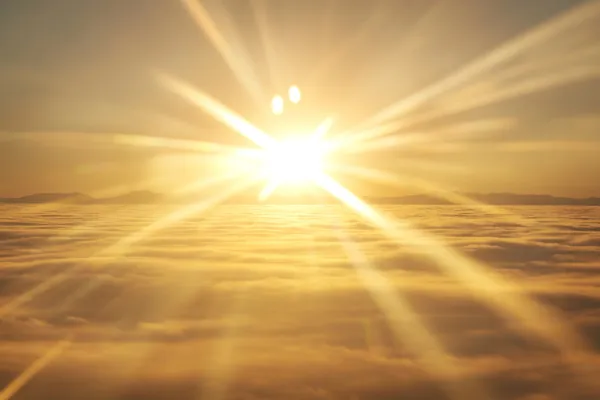
2. A Hotter, Brighter Sun
By the time Pangea Ultima is up, the Sun’s energy output will be about 2.5% greater than today. That does not sound like much, but it amounts to an extra radiative forcing of over +5 W/m², much greater than the warming effect of doubling CO₂ concentrations today.
This gradual illumination is stellar evolution: as the Sun burns hydrogen into helium, its core shrinks and burns hotter, radiating more luminosity. The extra solar energy will intensify warming over the supercontinent, driving average land temperatures far beyond the tolerance range for most mammals.
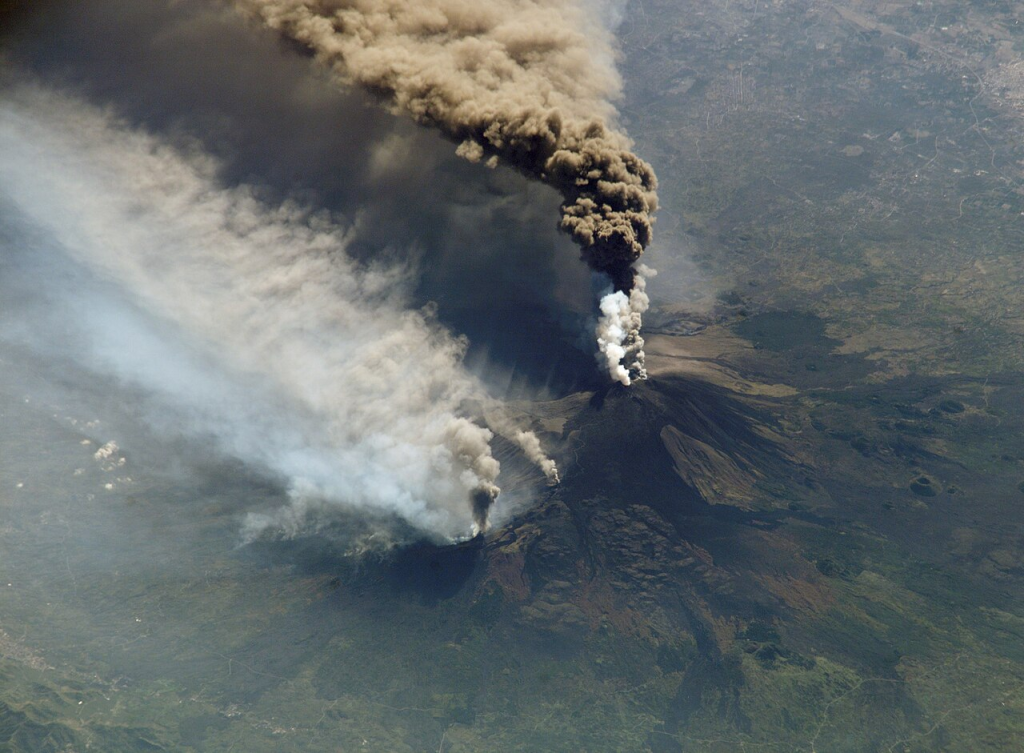
3. Geologic-scale Volcanic CO₂
Continent collision will not only reconfigure geography but also agitate Earth’s mantle. Supercontinent formation is associated with increased volcanic activity, specifically the emplacement of Large Igneous Provinces. These eruptions have the potential to release hundreds to thousands of parts per million of CO₂ into the atmosphere.
Models by Professor Benjamin Mills at the University of Leeds indicate background CO₂ would increase from today’s ~420 ppm to greater than 600 ppm and higher still during volcanic pulses. At such concentrations, augmented by amplified solar radiation, global mean land temperatures would be pushed into the 40–50 °C range, with extreme events up to 70 °C in certain areas.
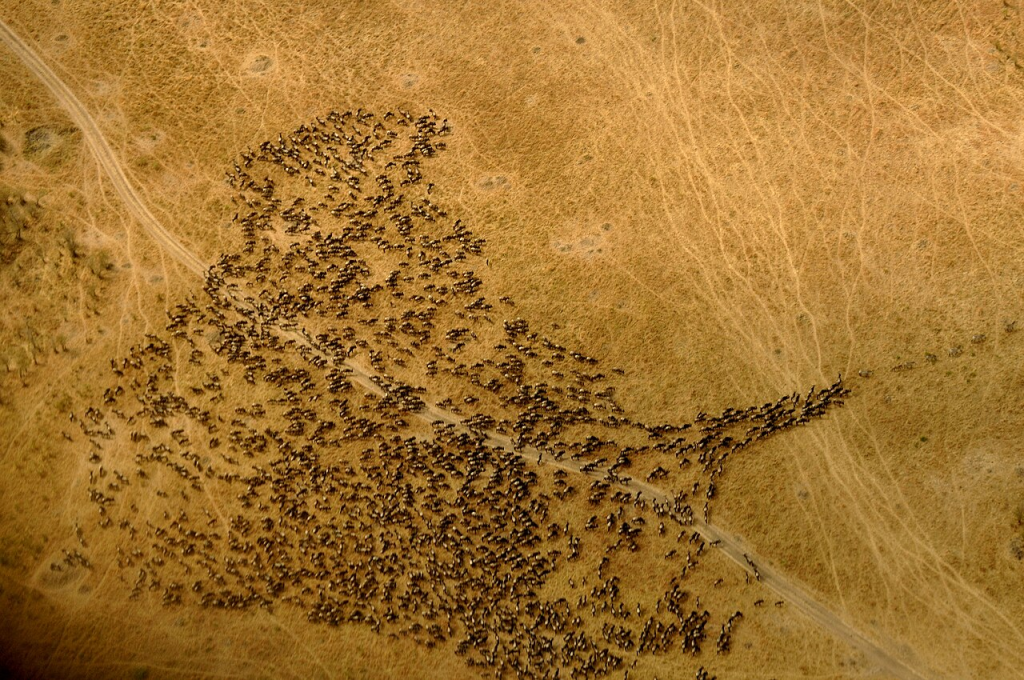
4. The Mammalian Heat Ceiling
Mammals control body temperature by evaporative cooling, sweating or panting, but this method is ineffective when wet-bulb temperatures reach 35 °C. Beyond that, even a perfectly watered creature in the shade can’t lose heat quickly enough to live more than a few hours.
Studies indicate that prolonged dry-bulb temperatures over 40 °C are fatal for most species, and under future solar irradiance at ≥560 ppm CO₂, the conditions would smother most of Pangea Ultima. High humidity would exacerbate the risk, rendering vast areas of the planet unsuitable for mammals during all seasons.

5. Contraction of Habitable Zones
Supercomputer simulations with the UK Met Office HadCM3L model show that, after Pangea Ultima has formed, only 8% to 16% of the land area of Earth would still be in mammalian physiological range. These refugia would probably be restricted to coastal margins at higher latitudes.
Even there, survival would be tenuous. Extensive arid belts between 50° N and 50° S would function as biogeographic barriers, cutting off populations and restricting migration. The synergy of heat stress, water shortage, and decreased plant productivity would take any remaining ecosystems to the brink.
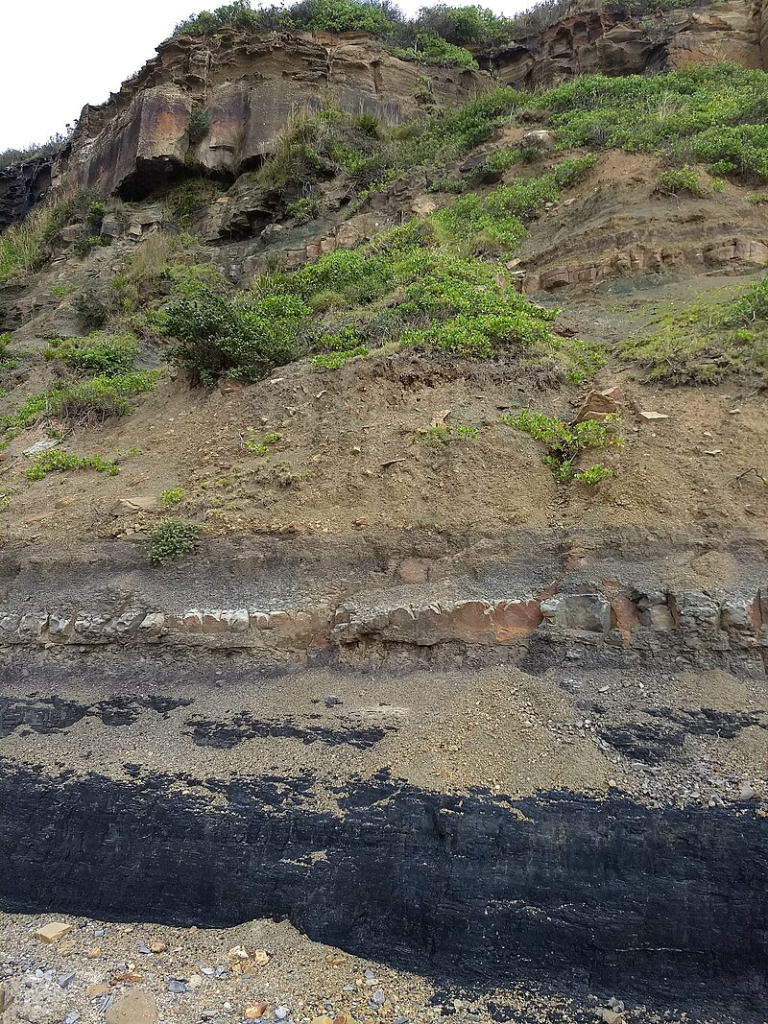
6. Lessons from Past Extinctions
Earth’s history provides analogues for such runaway warming. The Permian–Triassic mass extinction, around 252 million years ago, witnessed global temperatures rising by as much as 10 °C, eradicating more than 70% of Earth’s terrestrial species. Even that event was caused by enormous volcanic CO₂ emissions and continental reorganisation.
Though today’s warming is human-induced and on a very much shorter timescale, the physics is the same. As Dr. Eunice Lo of the University of Bristol explains, “Though we can see an uninhabitable world in 250 million years, already we have seen hot extremes badly affecting human health. That makes the sooner we get to net-zero, the more imperative it is.”

7. Implications Beyond Earth
The research highlights that residing in a star’s habitable zone is no promise that a planet’s surface is actually habitable. Landmass arrangement, atmospheric content, and stellar emissions interact with each other in intricate ways to determine climate.
For exoplanet studies, this would imply a planet with an Earth-like orbit and sunshine might still be inhospitable if its continents are grouped in the tropics or volcanic activity fuels the high levels of greenhouse gases. To quote Farnsworth, “A planet in the so-called ‘habitable zone’ of a solar system will not be the most welcoming to humans depending on whether the continents are spread out, as they are today, or in a single supercontinent.”
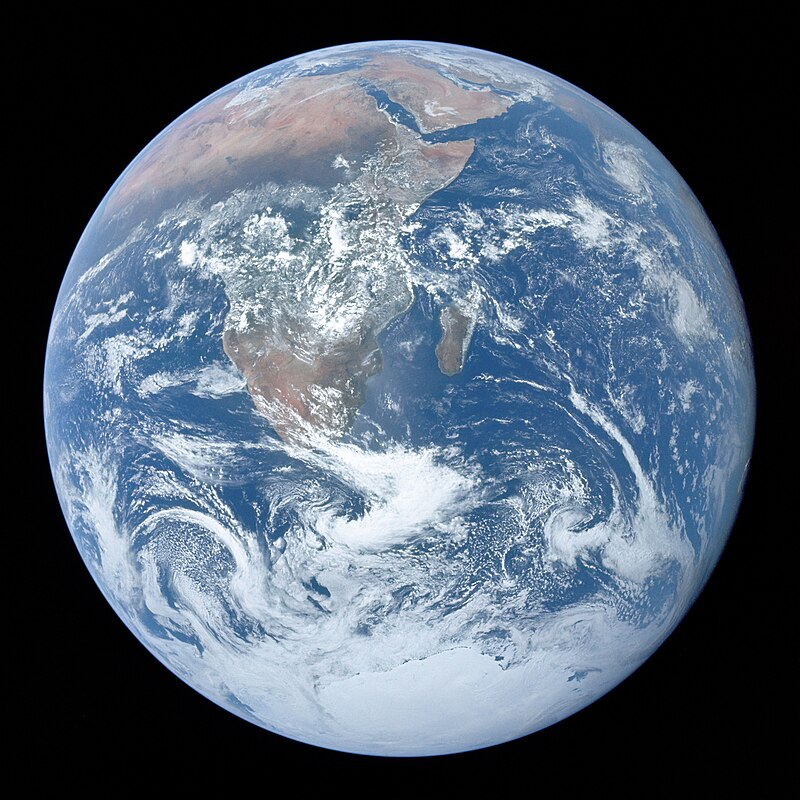
The ‘triple whammy’ extinction hypothesis serves as a reminder that planetary habitability is precarious, sculpted by processes that act over millions of years. Although the coming together of the continents and the brightening of the Sun are well beyond human planning timescales, the processes that uncover heat stress thresholds, warming induced by CO₂, and the geography factor are already active. The distant forecast is bleak, but it also reinforces a present-day imperative: the choices made now about greenhouse gas emissions will determine how much of Earth remains hospitable in the centuries ahead, long before tectonics and stellar physics take over.


